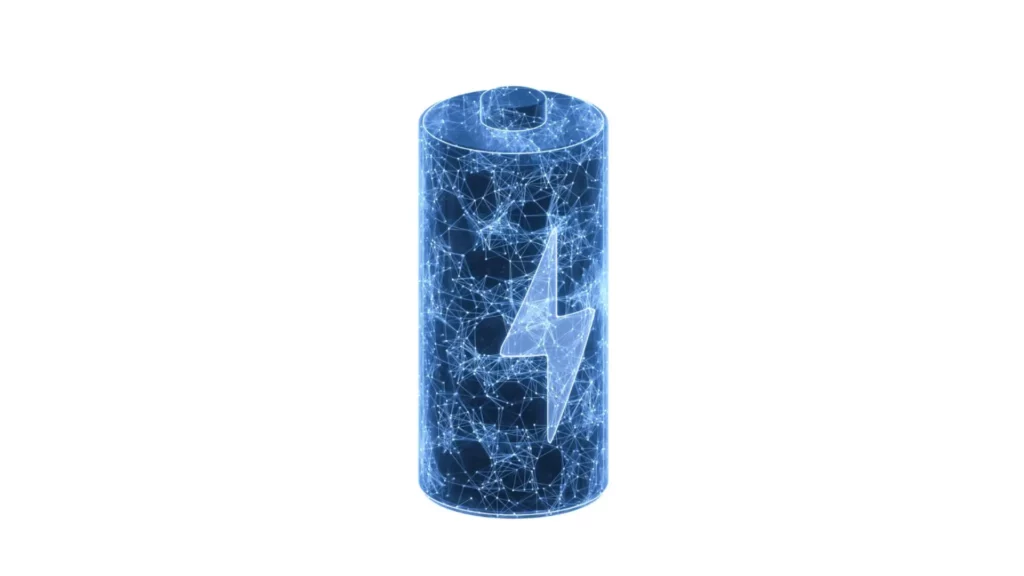Understanding how to maintain battery efficiency in cold weather is crucial for everyone from the everyday smartphone user to the electric vehicle enthusiast. As temperatures drop, you might notice that the battery life of your electronic devices diminishes.
This phenomenon is not just your imagination; it's a scientific reality that affects a wide range of batteries, from the small cells in your gadgets to the large packs powering electric cars.
This guide explores the science behind battery efficiency in cold weather, provides tips for maintaining optimal performance, and discusses future technological solutions.
Battery Efficiency in Cold Weather
Battery efficiency in cold weather is a critical concern for a multitude of reasons. It impacts not only the convenience of using everyday devices but also has broader implications for energy consumption, environmental sustainability, and even the safety of individuals in cold climates.
As we delve into this topic, remember that maintaining battery efficiency in cold weather is not only about extending battery life but also about understanding and adapting to the limitations of current technology.
Understanding Battery Technology
To grasp why battery efficiency in cold weather diminishes, it's essential to understand the basics of battery technology. At their core, batteries are devices that store energy in chemical form and convert it into electrical energy when needed.
This process involves the flow of ions between a cathode and an anode through an electrolyte. Temperature plays a pivotal role in this chemical process.
In cold conditions, the electrolyte's viscosity increases, slowing down the ion flow, which in turn reduces the battery's efficiency and capacity.
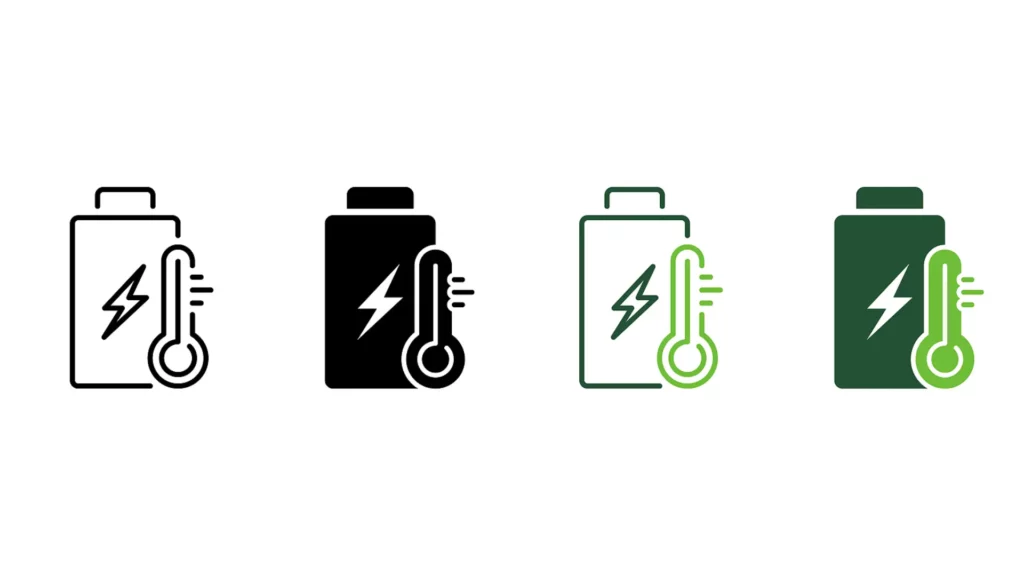
The Impact of Cold Weather on Different Types of Batteries
- Lithium-Ion Batteries
Lithium-ion batteries, essential for smartphones, laptops, and electric vehicles, face significant efficiency drops in cold weather, operating at only 50-70% of their capacity at 0°C.
The cold affects these batteries by thickening the electrolyte and slowing ion movement, leading to reduced power output and potential damage during charging.
- Lead-Acid Batteries
Used in combustion engine vehicles, lead-acid batteries experience decreased performance in cold temperatures due to a slower chemical reaction caused by the thickening of the sulfuric acid electrolyte.
This effect makes it harder to start vehicles in cold conditions and can lead to sulfation, reducing the battery's lifespan.
- Nickel-Metal Hydride Batteries
Nickel-metal hydride batteries, found in hybrid vehicles and some rechargeable electronics, offer better cold weather performance compared to lithium-ion batteries but still suffer from reduced efficiency.
They maintain a higher capacity in the cold, though charging in low temperatures can affect performance and durability.
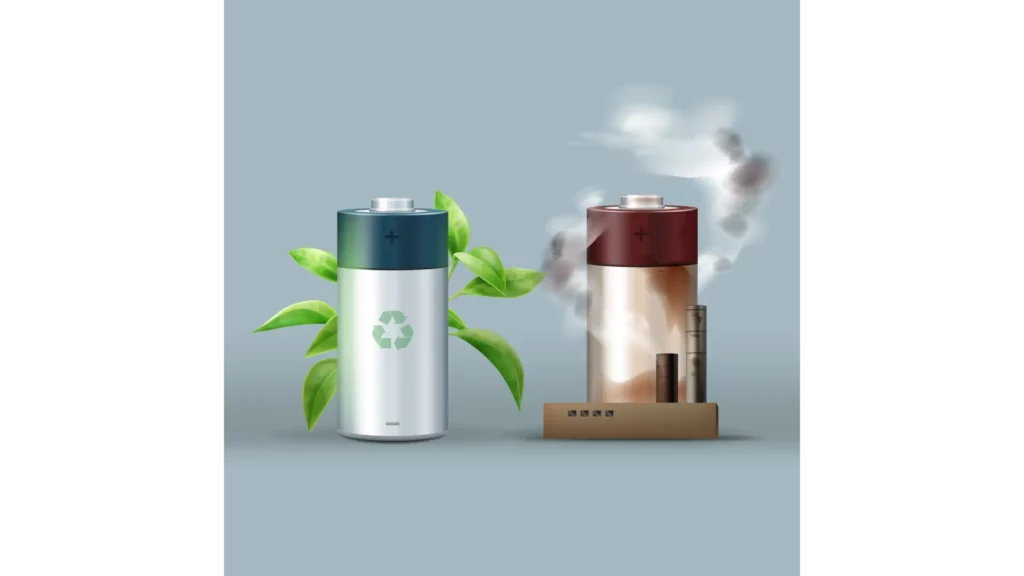
Tips for Maintaining Battery Efficiency in Cold Weather
Maintaining battery efficiency in cold weather is possible with a few proactive measures. Here are several tips:
- Keep Devices Warm: Whenever possible, keep your devices and batteries at a moderate temperature. For example, carry your smartphone in an inner jacket pocket close to your body when outdoors.
- Use Insulated Covers: For larger batteries, like those in electric vehicles, consider using insulated covers or parking in a warmer location to minimize exposure to cold temperatures.
- Precondition Batteries: Many modern electric vehicles offer a battery preconditioning feature that warms the battery ahead of use, ensuring better performance and efficiency.
- Slow Down: High-demand activities drain batteries faster in cold weather. Slowing down, whether it means driving more conservatively in an electric vehicle or reducing the workload on your smartphone, can help maintain battery life.
- Regular Maintenance: For all types of batteries, regular maintenance and checks are essential for optimal performance, especially before entering the cold season.
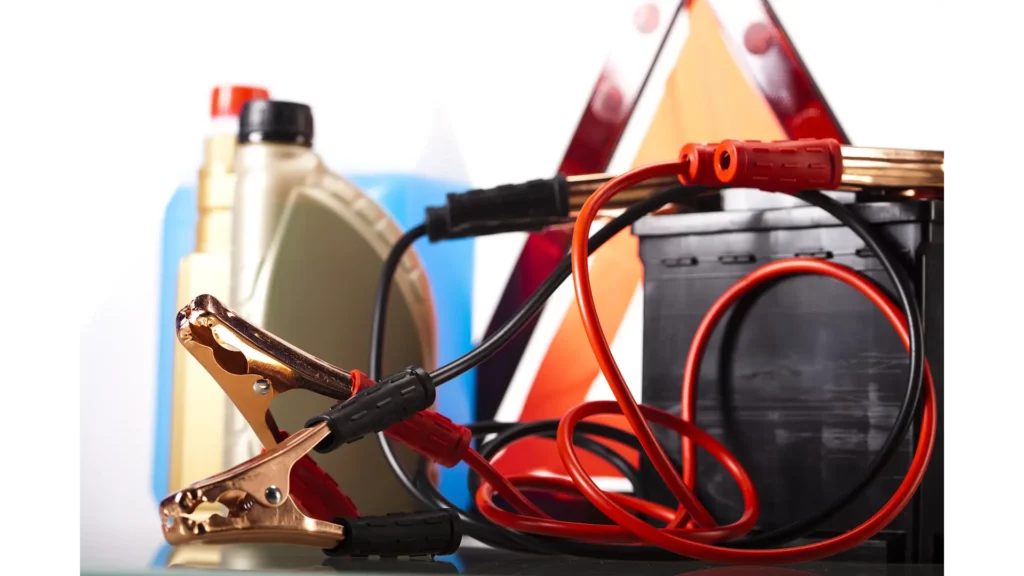
Impact of Cold Weather on Battery Health and Lifespan
Cold weather affects battery health and lifespan in several ways:
- Reduced Capacity: Cold temperatures slow down chemical processes within batteries, leading to decreased energy output and shorter battery life on a single charge.
- Increased Internal Resistance: Cold weather increases the internal resistance of batteries, hindering the flow of current and reducing efficiency, especially during high-demand activities.
- Risk of Damage: Extreme cold can cause irreversible damage to batteries, particularly lithium-ion batteries, leading to reduced capacity, increased internal resistance, and physical degradation.
- Accelerated Aging: Cold temperatures accelerate the aging process of batteries, resulting in a shorter overall lifespan and the need for more frequent replacements.
- Impact on Charging: Charging a cold battery is less efficient, and rapid temperature changes can cause condensation and potential corrosion, further damaging the battery over time.
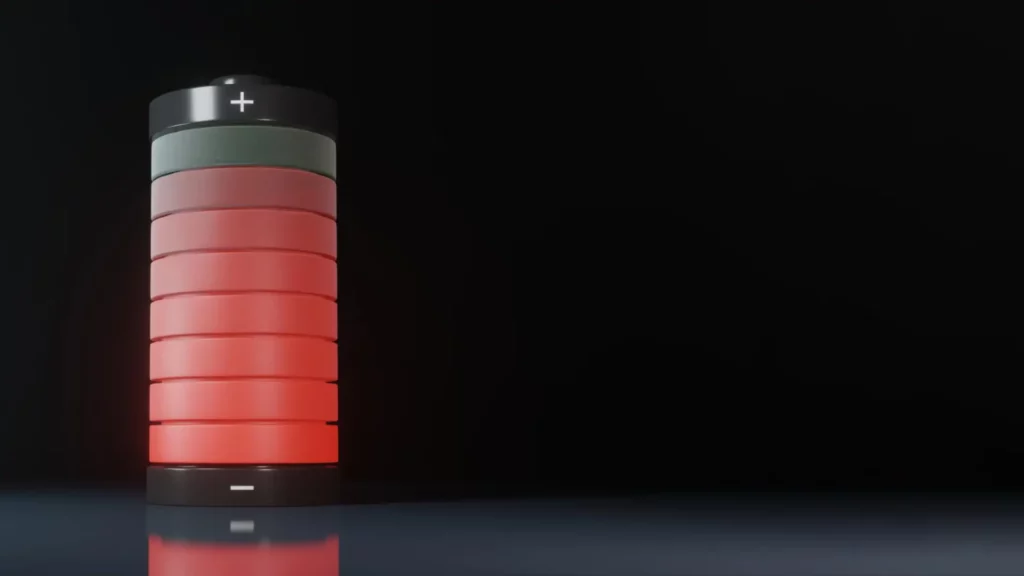
The Science Behind Battery Efficiency vs Temperature
At the heart of the matter, battery efficiency vs temperature is all about how temperature extremes—both hot and cold—affect the chemical processes within a battery.
Batteries convert chemical energy into electrical energy through a reaction between an electrolyte and electrodes. Temperature variations can significantly impact this chemical reaction.
At high temperatures, batteries can overheat, leading to accelerated degradation and potentially even dangerous thermal runaway conditions. Conversely, at low temperatures, the chemical reactions slow down, reducing the battery's ability to deliver power effectively.
Innovations in Battery Insulation Techniques
Innovations in battery insulation techniques are crucial for maintaining optimal battery performance in cold weather conditions. Here are some key advancements in this field:
- Aerogel Insulation: Aerogels, highly porous materials with exceptional thermal insulating properties, are being explored as insulation layers for batteries. They offer lightweight and flexible solutions suitable for various battery sizes and configurations.
- Phase Change Materials (PCMs): These substances can store and release thermal energy as they change phases, helping to regulate battery temperature. By incorporating PCMs into battery designs, engineers can create insulation layers that absorb excess heat during operation and release it when temperatures drop.
- Vacuum Insulation Panels (VIPs): VIPs consist of a core material enclosed within a gas-tight barrier, creating an efficient thermal barrier. They minimize heat transfer and maintain consistent operating temperatures, even in extreme cold conditions, thus improving battery efficiency and lifespan.
- Composite Insulation Materials: Combining different substances, such as polymers, ceramics, and additives, engineers create composite insulation materials with optimized thermal properties. These materials can be tailored to specific battery applications and operating conditions.
- Flexible and Conformable Insulation Films: Thin films of flexible and conformable insulation offer versatile solutions for batteries of various shapes and sizes. They provide robust thermal insulation while maintaining flexibility and durability, making them suitable for a wide range of applications.
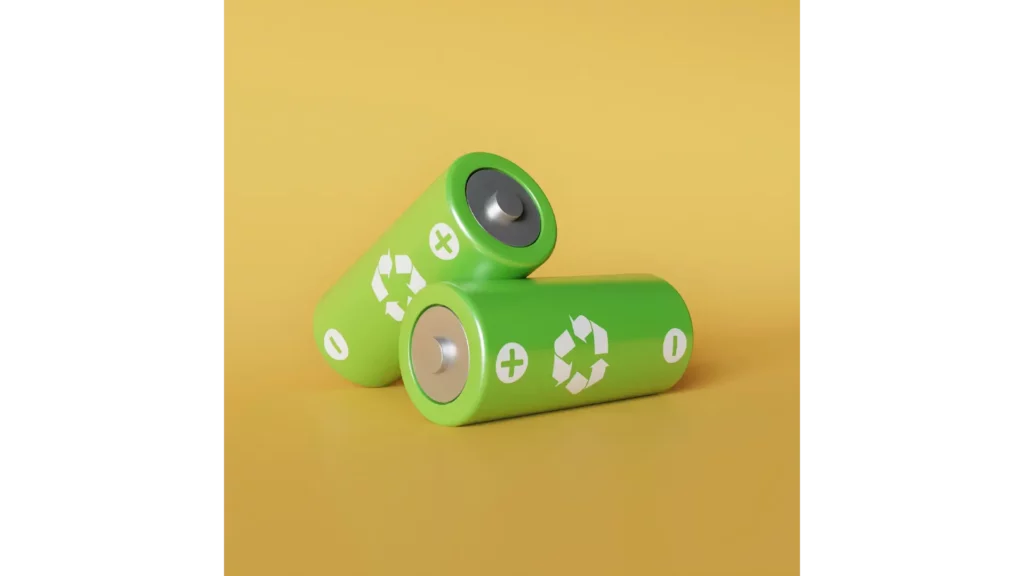
The Future of Battery Technology in Cold Weather
The quest to improve battery efficiency in cold weather is driving significant advancements in battery technology.
These developments aim to address the challenges posed by low temperatures on battery performance, ensuring reliability and efficiency across various applications.
- New Electrolyte Formulations
Researchers are creating electrolytes that perform better in the cold by maintaining a lower viscosity, which facilitates smoother ion flow and, consequently, better battery efficiency.
These new formulations include additives to prevent thickening and explore novel chemical compositions that are less affected by temperature drops.
- Advanced Battery Management Systems
Advanced battery management systems (BMS) are being developed to optimize battery performance in response to temperature changes.
These systems monitor the battery's temperature and make adjustments to charging and discharging rates, and some even actively warm the battery to keep it within its ideal operating range.
- Revolutionary Battery Types
The exploration of new types of batteries, such as solid-state batteries, offers inherent advantages in cold weather performance.
These batteries operate more efficiently across a wide range of temperatures due to their unique properties, like using a solid electrolyte that doesn’t change viscosity with temperature.
- Integration with Renewable Energy Sources
Linking battery storage with renewable energy sources like solar panels and wind turbines can enhance efficiency during cold weather.
This approach allows for the storage of excess energy generated during peak conditions, which can then be utilized during high-demand periods, including cold spells.
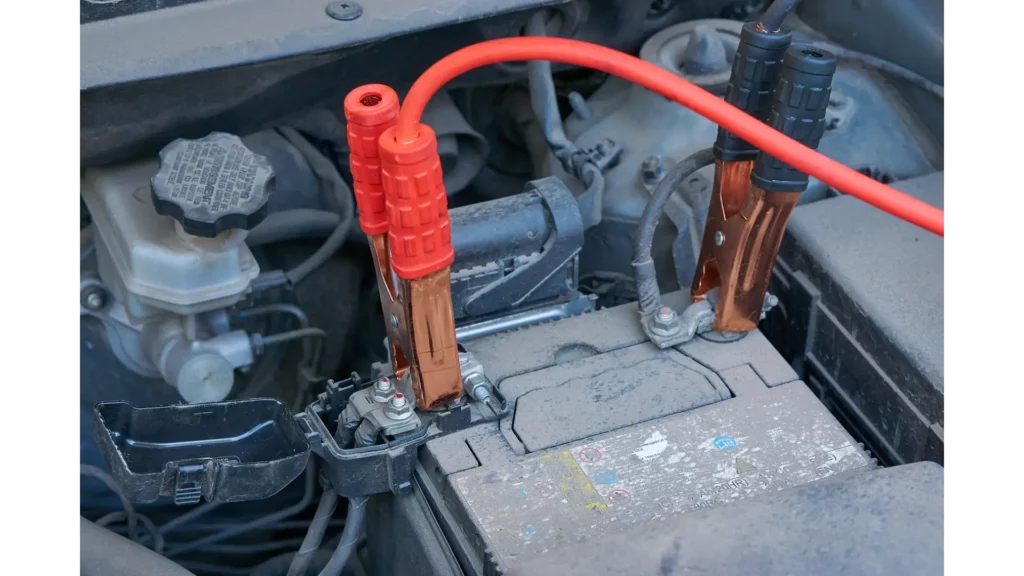
FAQs (Frequently Asked Questions)
1. How does cold weather affect battery life?
Cold weather affects battery life primarily by increasing the internal resistance of the battery and slowing down chemical reactions within it. This leads to reduced efficiency and capacity, meaning the battery holds less charge and delivers power more slowly than in warmer conditions.
2. Are all types of batteries affected by cold weather?
While most battery types are affected to some degree by cold weather, certain types are more susceptible than others. Lithium-ion batteries, commonly used in smartphones and electric vehicles, are particularly sensitive to cold temperatures. Lead-acid batteries, found in traditional vehicles, also experience diminished performance in the cold.
3. How much does battery efficiency decrease in cold weather?
The decrease in battery efficiency varies depending on factors such as the specific type of battery, the severity of the cold, and the duration of exposure. In general, lithium-ion batteries can lose anywhere from 20% to 50% of their capacity at freezing temperatures, while lead-acid batteries may experience even greater reductions in performance.
4. Can I store batteries in the cold?
It's generally not recommended to store batteries in extremely cold conditions for extended periods. Cold temperatures can cause irreversible damage to some types of batteries and accelerate degradation. If storage in cold temperatures is unavoidable, it's advisable to take precautions such as keeping the batteries insulated and ensuring they are fully charged before storage.
5. Are there any risks associated with using batteries in cold weather?
While using batteries in cold weather does not pose significant safety risks in most cases, there are some potential concerns to be aware of. For instance, lithium-ion batteries may become more prone to thermal runaway, a phenomenon where the battery overheats and catches fire due to internal chemical reactions. However, modern battery management systems are designed to mitigate such risks.
6. How can I maximize battery life in cold weather?
Maximizing battery life in cold weather involves several proactive steps, including keeping devices and batteries warm whenever possible, using insulated covers or parking in warmer locations for larger batteries, preconditioning batteries before use, and avoiding high-demand activities that can drain the battery more quickly.
7. Are there any technological advancements aimed at improving battery efficiency in cold weather?
Yes, ongoing research and development efforts are focused on improving battery efficiency in cold weather. These include innovations such as new electrolyte formulations that maintain lower viscosity at cold temperatures, advanced battery management systems that optimize performance based on temperature, and the development of entirely new types of batteries that are less affected by temperature variations.
Battery Efficiency in Cold Weather Conclusion
Battery efficiency in cold weather is a complex issue that touches on chemistry, physics, and engineering.
While current technologies present challenges in cold climates, understanding these limitations and implementing strategies to mitigate their impact can help maintain battery efficiency.
Furthermore, the future looks bright with ongoing research and development aimed at overcoming these cold-weather obstacles, promising more resilient and efficient batteries.

